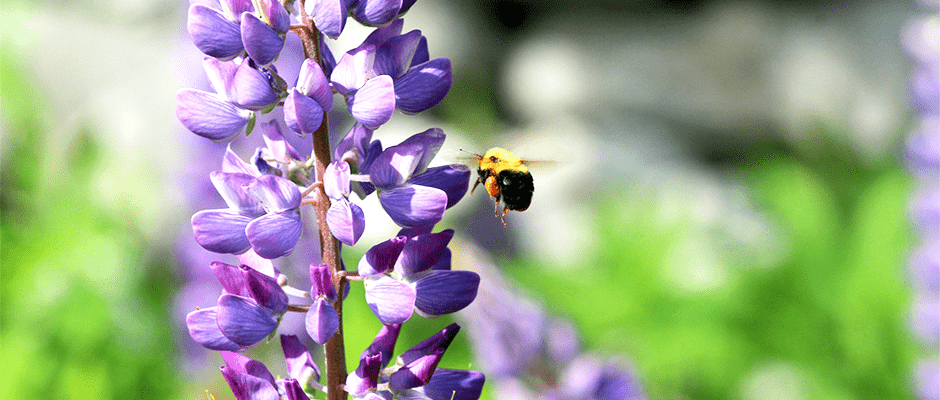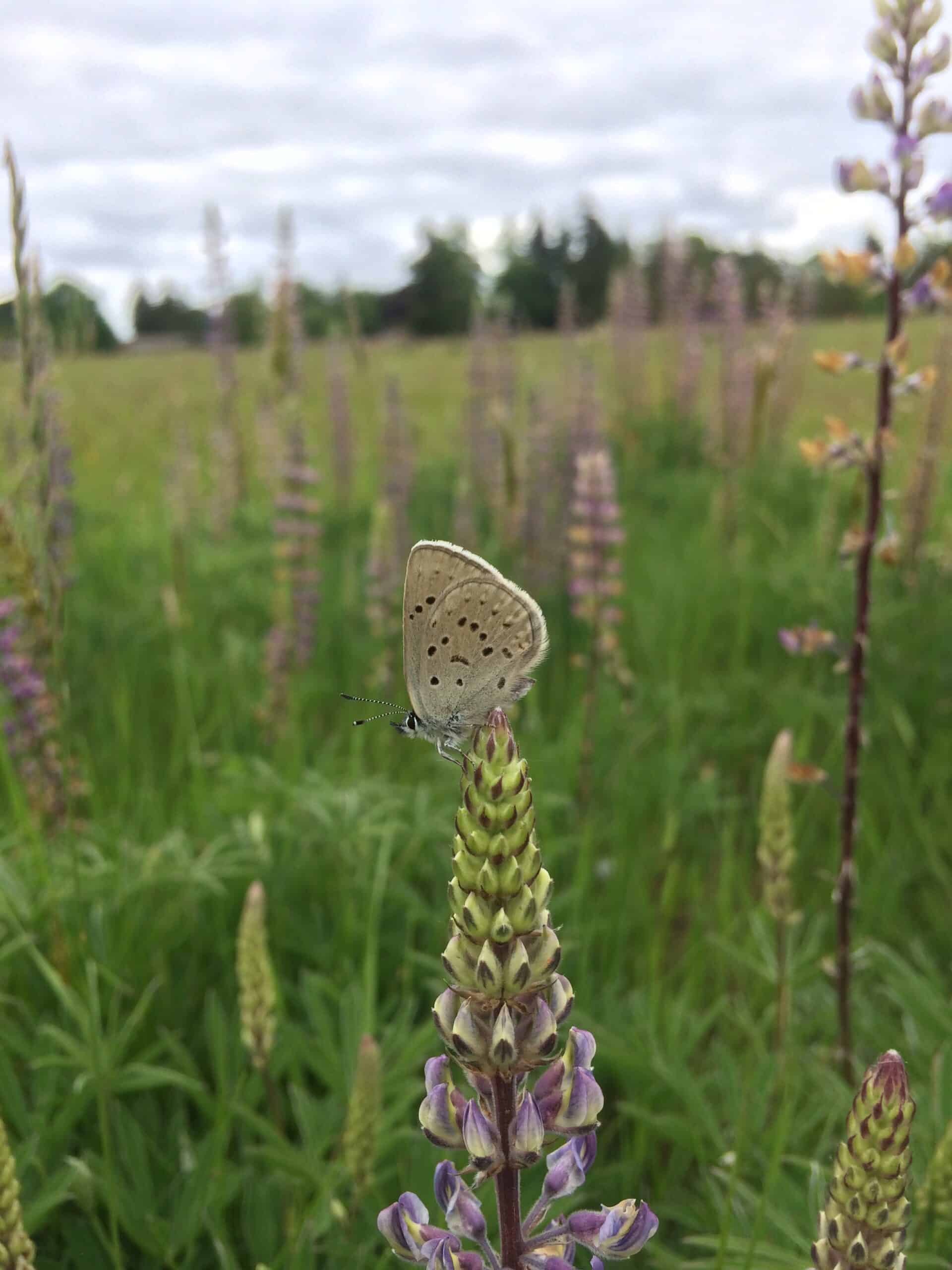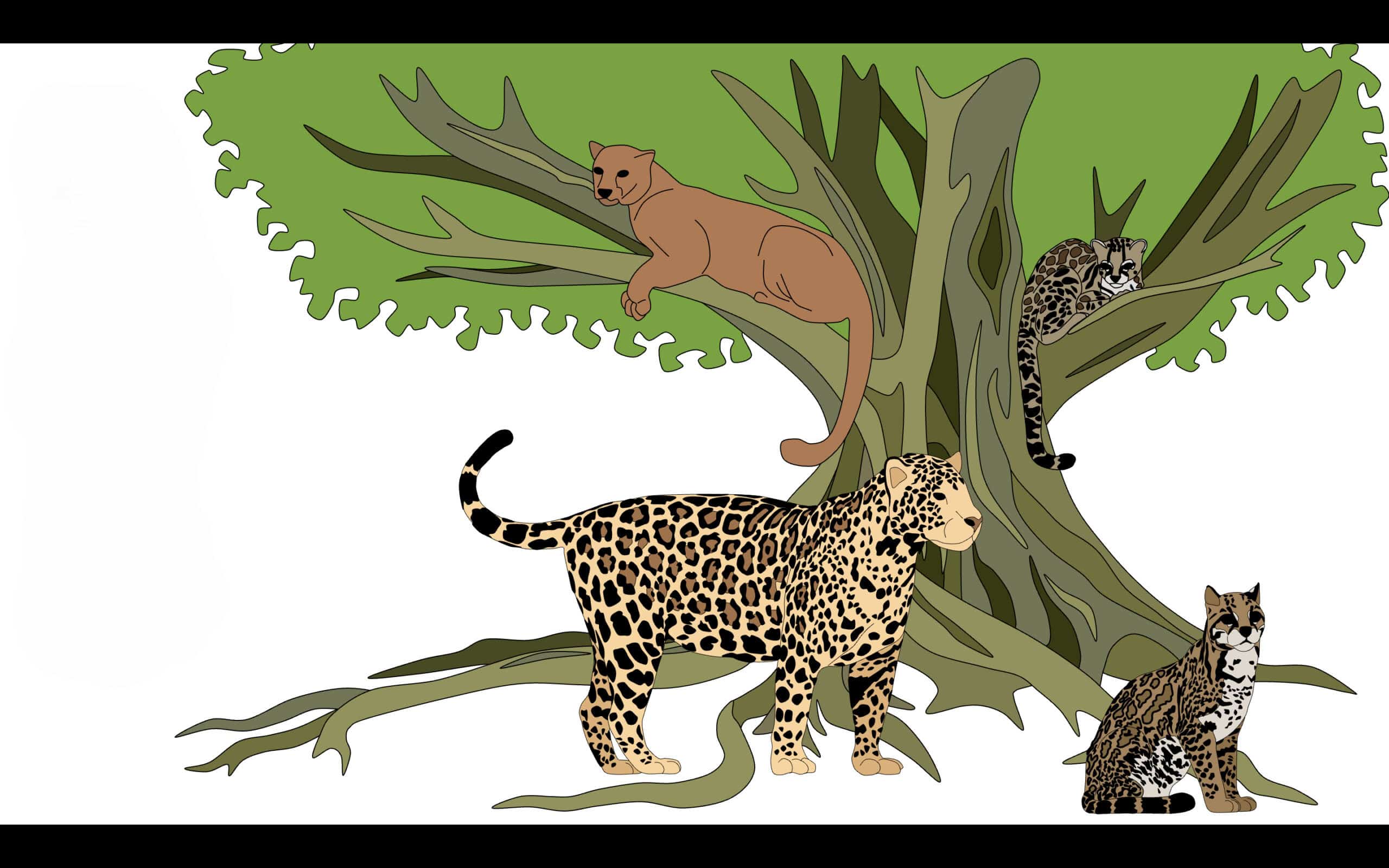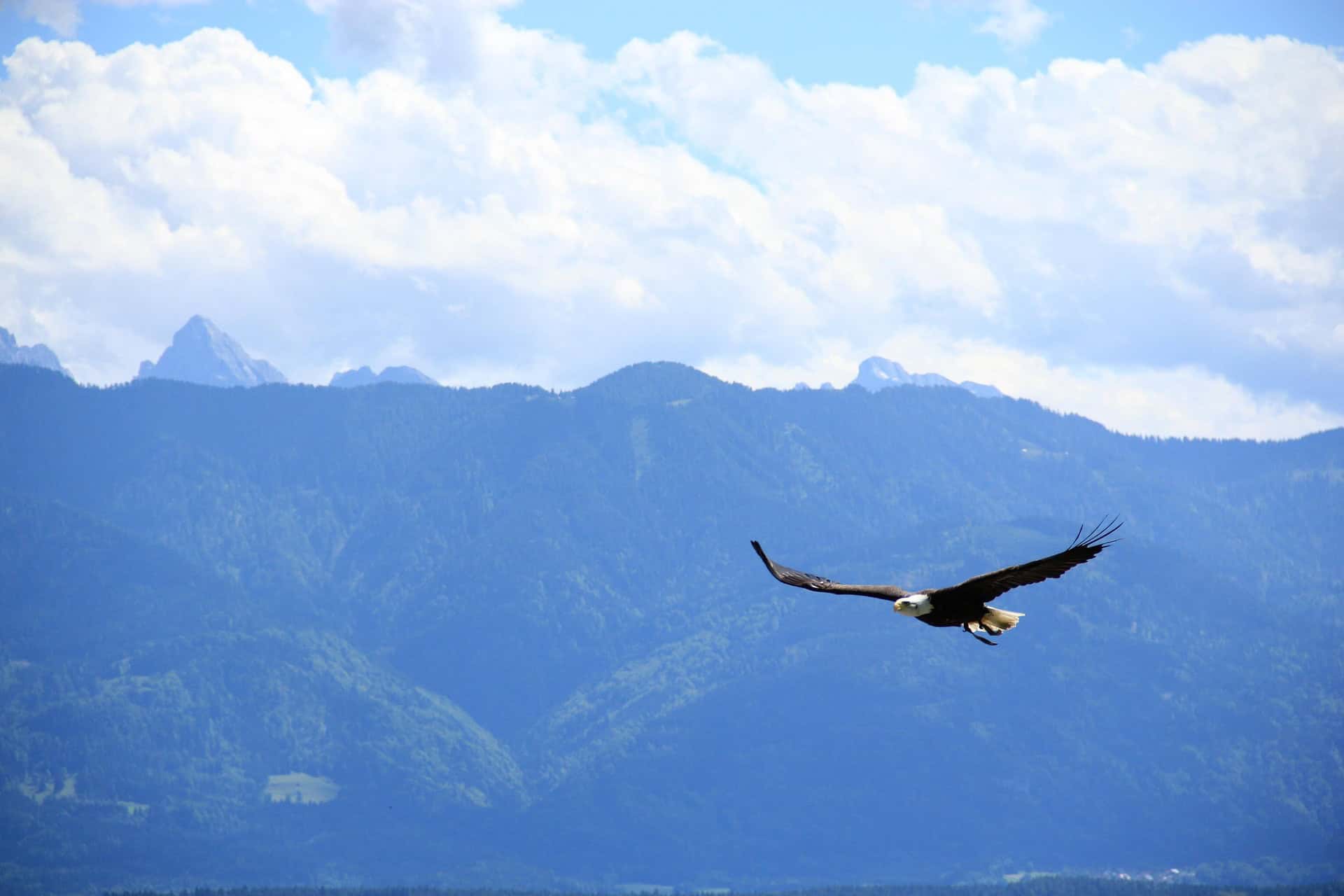Share this article
Pollution may send pollinators off-course
For pollinating insects, the scent of a flower is no mere sensory treat. It is a beacon showing the way to essential resources. But air pollution can destroy those fragrant beacons, with potentially disastrous consequences for pollinators and plants, according to new research. Using a computer model, the researchers found that pollution levels common in and downwind of U.S. cities during the summer could drastically reduce the distance scent molecules travel, essentially forcing pollinators to forage blind.
“It is something akin to saying to my good friend, ‘look, go and get me a cup of coffee from the nearest coffee parlor. But before you go to this unknown place, I will blindfold you,” said Jose Fuentes, lead author of the study published this month in Atmospheric Environment.
Pollinating insects detect odor molecules with their sensitive antennae, then follow the scent plumes to their source. But pollutants such as ozone (O3) can oxidize scent molecules, destroying them before they have traveled far. And even if some scent molecules remain, pollinators may still be confused, because pollution destroys some compounds faster than others. Insects often search for specific scent mixtures, and if the proportions are off, they may not recognize odor plumes from their favorite flowers.
To see how pollution affects pollinators, the researchers first modeled how various scent compounds would fare when exposed to three oxidizing air pollutants: ozone, hydroxyl radical (HO) and nitrate radical (NO3). They modeled six scenarios, including pre-industrial conditions, modern pollution levels in remote areas, and smoggy conditions in polluted cities, where ozone levels can exceed 120 parts per billion or ppb. Next, they ran 90,000 simulations of insects searching for flowers in the modeled landscapes.
Even at moderate levels that meet federal air standards, pollution substantially altered scent plumes, increasing the time insects in the model took to find flower patches. At higher concentrations, the insects were completely lost.
“What we found is that the level of 80 ppb [of ozone] thoroughly confuses the insect,” said Fuentes.
The 80 ppb threshold is consistent with earlier experiments involving real insects. In a 2013 study in Environmental Research Letters, Fuentes and his colleagues found that as ozone levels rose, herbivorous insects called striped cucumber beetles (Acalymma vittatum) lost their ability to follow scent plumes to their host plants. When levels exceeded 80 ppb, the beetles appeared to wander randomly.
“We asked them, ‘do you like polluted air?’ said Fuentes. “And they answered, ‘No we don’t.’”
More research is needed to determine how air pollution affects pollinators in the real world. For example, high levels of certain pollutants can damage the scent organs on insects’ antennae, but researchers don’t yet know how much the organs can take, says Fuentes. Furthermore, the new model assumed that insects only search for compounds released by flowers, but it’s possible that they also recognize the products of reactions between flower scents and pollution. If insects are evolving to follow these oxidation products, they might still be able to locate food in polluted environments.
To explore such questions, Fuentes and his colleagues are starting a new project that will examine pollinators’ foraging behavior directly. They will attach tracking devices to bees, then set the bees loose in canola fields fumigated with pollutants. If bees take longer to find flowers in polluted conditions, it will be strong evidence that pollution is really harming them, says Fuentes.
That would be bad news for both insects and humans. Animal pollinators are either necessary or beneficial to around 75 percent of all crop species, and these crops account for about 35 percent of global food production by volume, according to a recent article in Food Ethics. The insects that provide these services are already declining, ravaged by stressors such as pesticides, climate change and disease. And, as this recent study suggests, pollution could be yet another force pushing pollinators off course.
Header Image: A two-spotted bumble bee zeroes in on a sundial lupine at the State Arboretum of Virginia in May, 2015. Pollinating insects locate flowers by scent. ©T’ai Roulston








